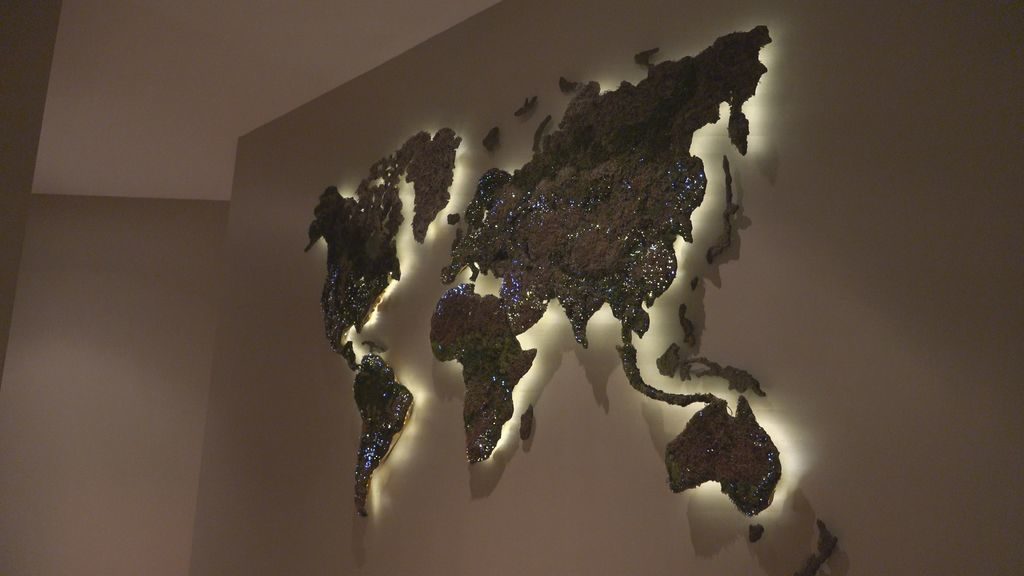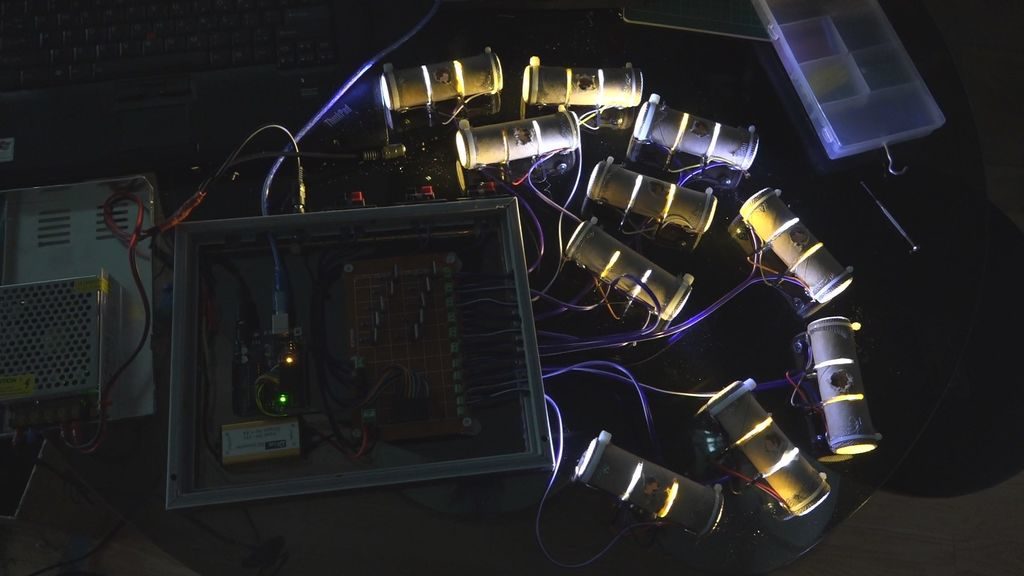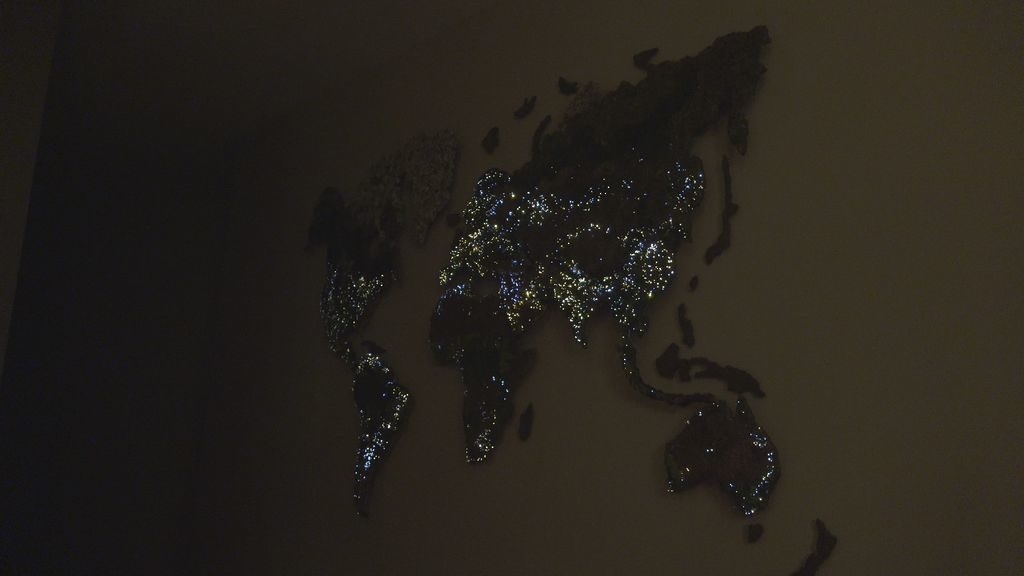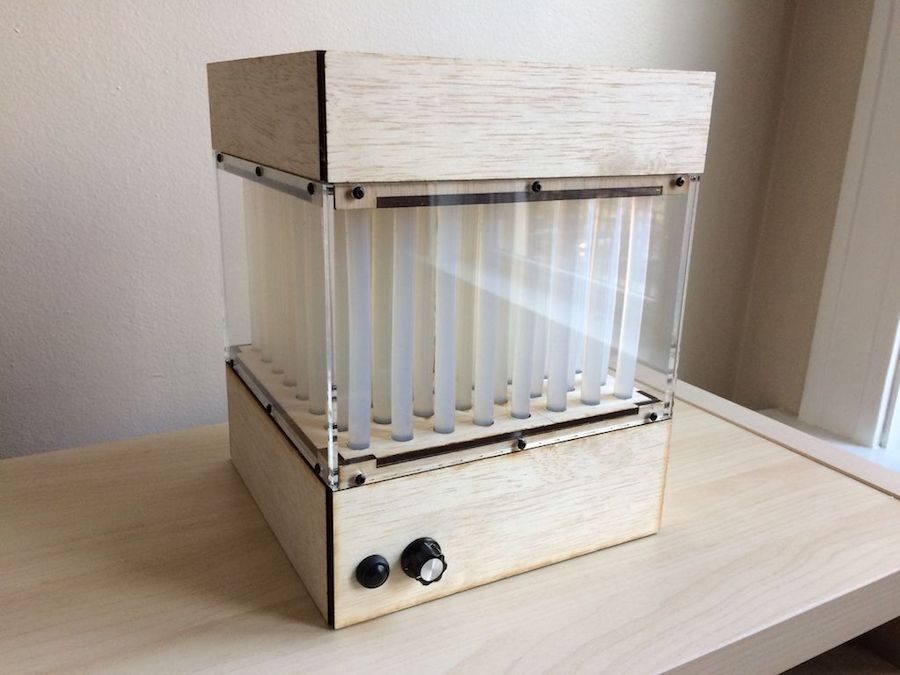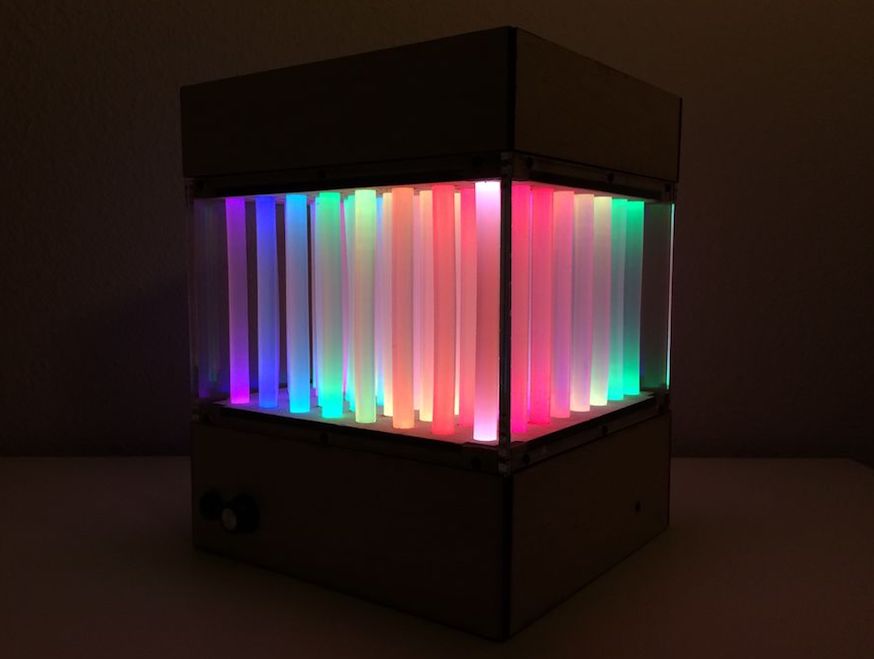15
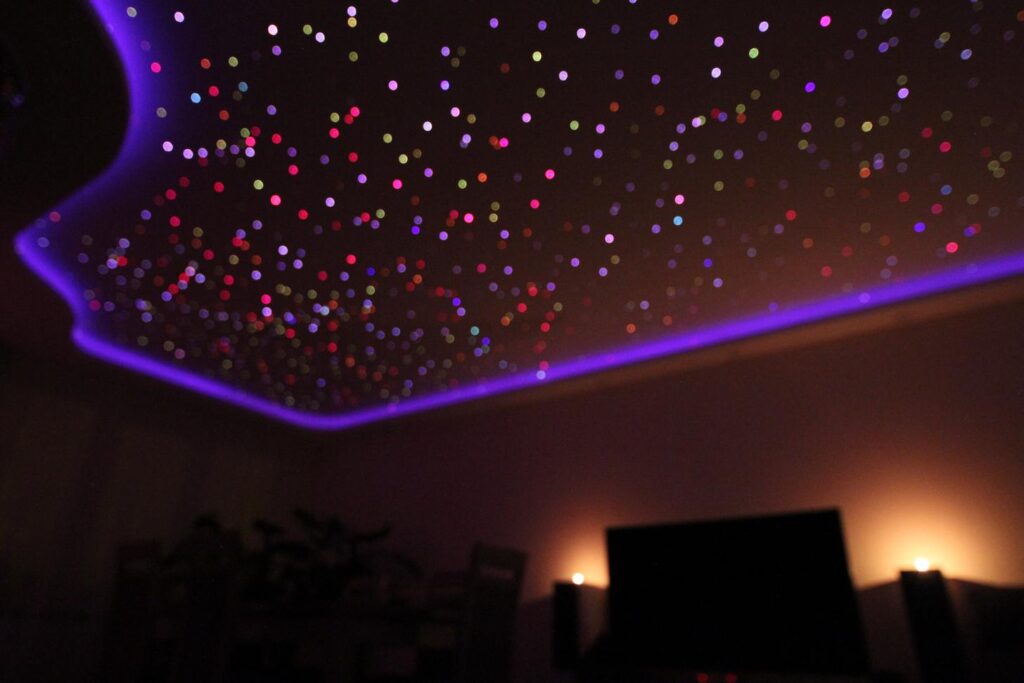
Have you ever stared up at your ceiling and wondered how to make it a bit more interesting? Well, creator Centas has and decided to bring a piece of the galaxy into his room using a fiber optic star display.
The installation is powered by an Arduino Mega, and features approximately 1,200 points of light along with sound-reactive LED strips around the perimeter.

User interface is handled by a second Arduino and a pair of nRF24L01 transceivers, while PCA9685 boards are implemented to control LED brightness levels. The system can even pulse with music, thanks to an MSQ7EQ chip.
You can see it in action in the video below and find more images over on Imgur. Note that the constellation lines were added in video production for clarity.

